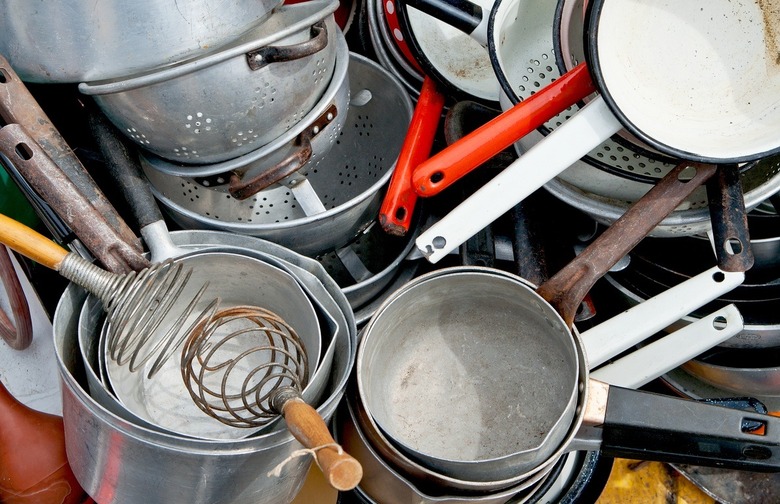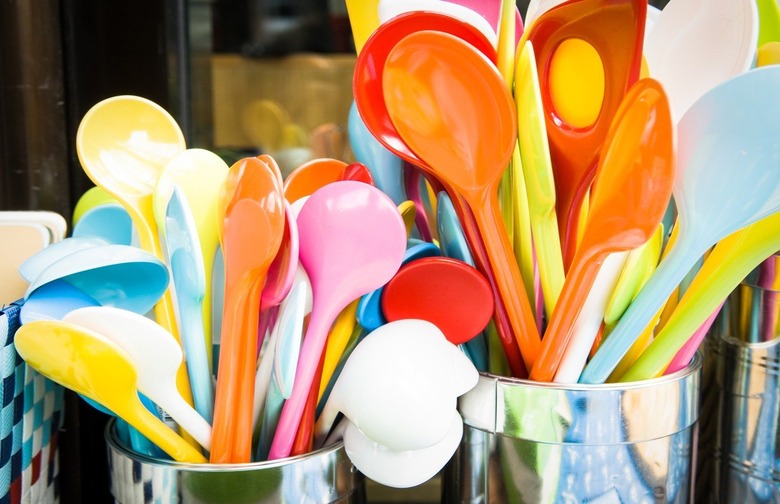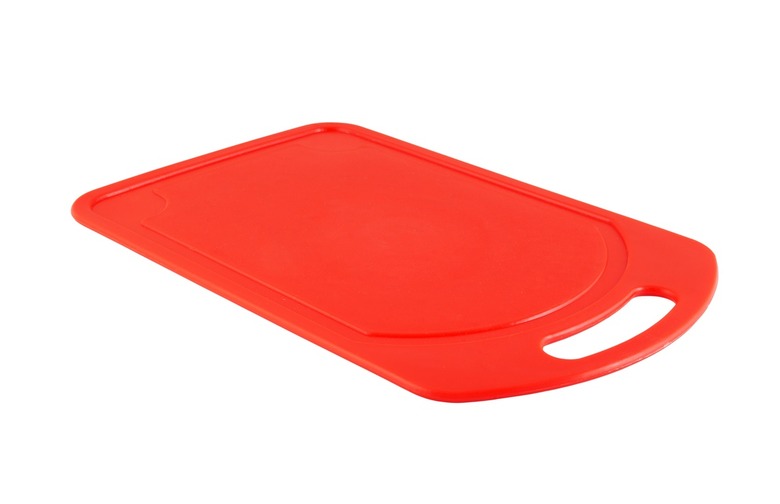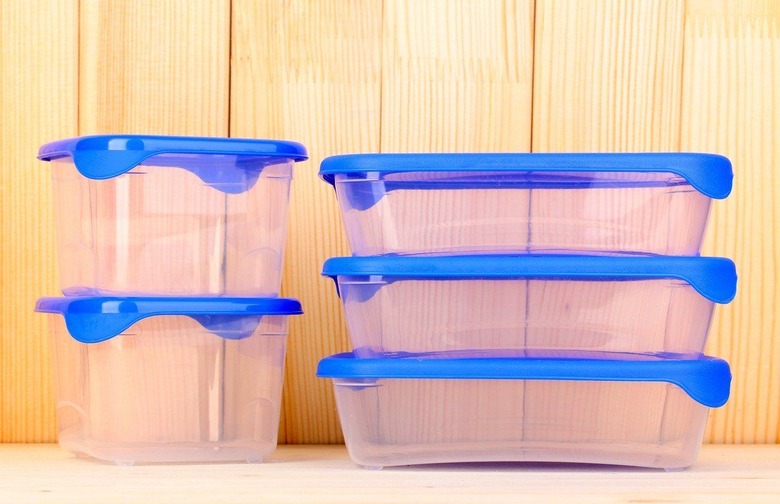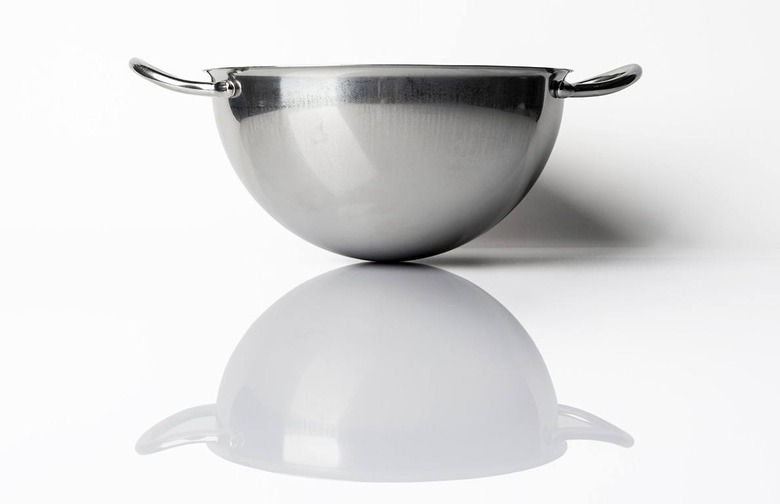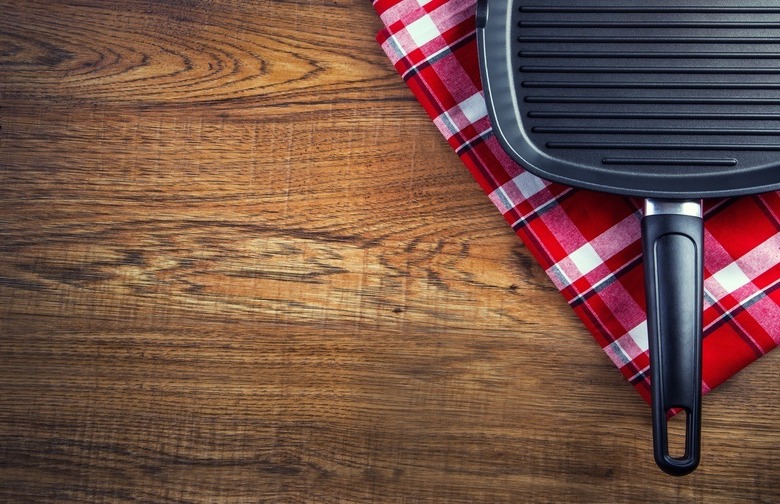7 Pieces Of Common Cookware That Can Make Your Food Toxic Slideshow
There's a good chance that you have an aluminum pot or pan sitting in your cupboard. Aluminum cookware is inexpensive, efficient, and a great heat conductor. The drawback is that some acidic foods, such as tomato sauce, leach the aluminum into food. Most aluminum is excreted through the kidneys, but that doesn't change the fact that it has been deemed a top-priority toxin by the United States Agency for Toxic Substances and Disease Registry. One alternative is to purchase an aluminum pan treated with anodization, which prevents the aluminum from leaching, or use one of these specially designed braising pots.
Copper Pot
Copper pots are considered by some chefs as the gold standard of cookware. Even Julia Child had them lining her kitchen. Their exteriors are visually striking, adding credibility to any kitchen or stovetop. Copper pots are popular because of their ability to conduct heat and maintain a steady temperature. Owners of copper equipment need to be aware that acidic food can dissolve the lining, which can leach into food. Copper is an essential mineral, but at high levels it can be dangerous.
Plastic Cooking Utensils
A plastic mixing spoon left upon a hot sauté pan melts quickly and sends harmful chemicals and gasses into your food. To avoid this problem, try using a wooden spoon or a stainless steel spatula.
Plastic Cutting Boards
There has been a long-running debate over which cutting board material is safer: plastic or wood. Although plastic is easier to sanitize, it's more susceptible to cuts in the surface, which can house bacteria. To reduce the risk of bacteria growing on your cutting board, properly sanitize it with a chlorine-water solution or run it through a hot dishwasher. If a cutting board has too many slashes on its surface, it's probably time to buy a new one.
Plastic Containing BPA
BPA (bisphenol A) is an industrial chemical used in the manufacturing of plastics, and is the main ingredient used in the polycarbonate plastics that make up our basic food containers and water bottles. According to a 2003 survey conducted by the Centers for Disease Control and Prevention (CDC), "detectable levels of BPA in 93% of 2,517 urine samples from people six years and older." Most concerning was that research on animal subjects found BPA had effects on fetuses and newborns. Check the bottom of containers for plastics marked with a recycle code of three or seven. To be extra safe, only buy plastics and water bottles that have a BPA-free label.
Scratched Stainless Steel
In decent condition, a stainless steel pot or pan is an ideal cooking vessel. It's low-maintenance, durable, and easy to cook with, but stainless steel cookware is susceptible to scratching. When scratched, it leaks minerals such as iron, chromium, and nickel into food. These metals are not dangerous in small amounts, but can cause health problems if too much accumulates in the body. Parents cooking for children with an iron or nickel allergy should be cautious when using stainless steel. It's also important to know when to use cast iron instead of stainless steel.
Teflon
Teflon is a DuPont brand of nonstick coating comprised mostly of the synthetic polymer PTFE (polytetrafluoroethylene). Teflon is a blessing when making omelettes or crêpes, but the coating can release dangerous gasses when used at a high heat. Ingesting too much of this tainted air can result in flu-like symptoms, also known as the "Teflon flu." While Teflon-coated pans come with warning labels, a study conducted by the Environmental Wellness Group found that the pans could reach temperatures conducive to releasing noxious fumes after only two to five minutes on the stove.
